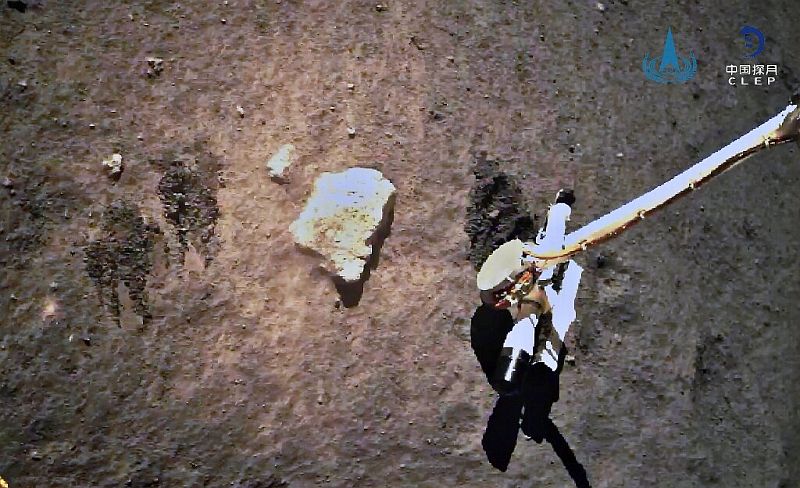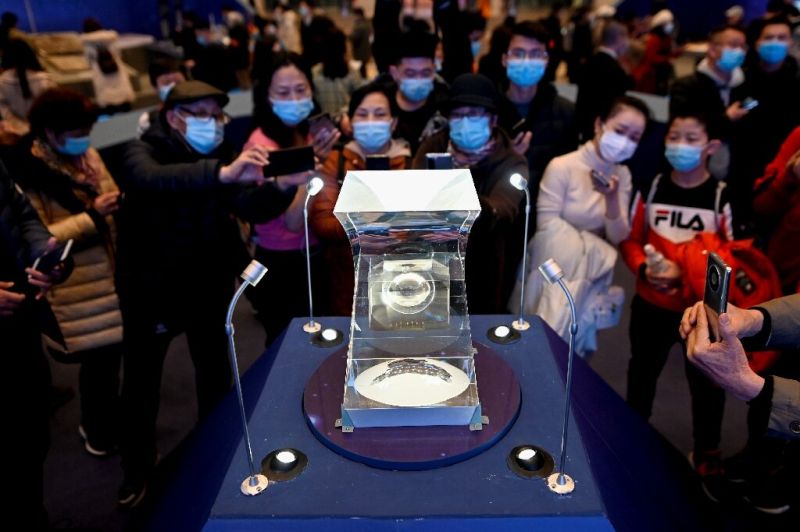
Lunar rocks brought back to Earth by Chinese astronomers confirmed that Moon was volcanically active more recently than previously thought.
Humanity’s first mission to Moon and back in four decades was successfully completed by Chang’e-5 mission, China’s first lunar sample-return mission, since the Soviet Union’s Luna 24 in 1976.
With this mission, Beijing has hit its first milestone in its growing space program. Now, China is the third nation, after the US and the Soviet Union to return samples from the Moon.
As per the Chinese Academy of Sciences (CAS), study of the samples including basalt (molten lava) proved that the interior of the Moon was still shaping up during 2 billion years ago.
Earlier lunar rocks brought back by US and Soviet missions exhibited the interior activity to 2.8 billion years old. However, the scientists lacked information regarding the Moon’s recent history because the samples were picked up from the older regions of the Earth’s natural satellite.
Unexplored lunar region
The Chinese spacecraft picked up two kilograms of samples from an unexplored lunar region, called Mons Ruemker in the Oceanus Procellarum or “Ocean of Storms”.
The area – Ocean of Storms- was the formation of some recent event and so the space scientists thought of exploring it. Additionally, the region had lower density of craters on its surface, which made the scientist more inclined to investigate it further.

Takeaway
The findings look promising in terms of understanding the lunar formation and evolution over time, added Audrey Bouvier, a planetology professor at Germany’s University of Bayreuth.
CAS researcher Li Xianhua, said that the findings will help them in getting to know how moon is able to withstand the volcanic activity since ages. And what the new unexplored regions of the Moon has to reveal further.
Via: Phys.org



